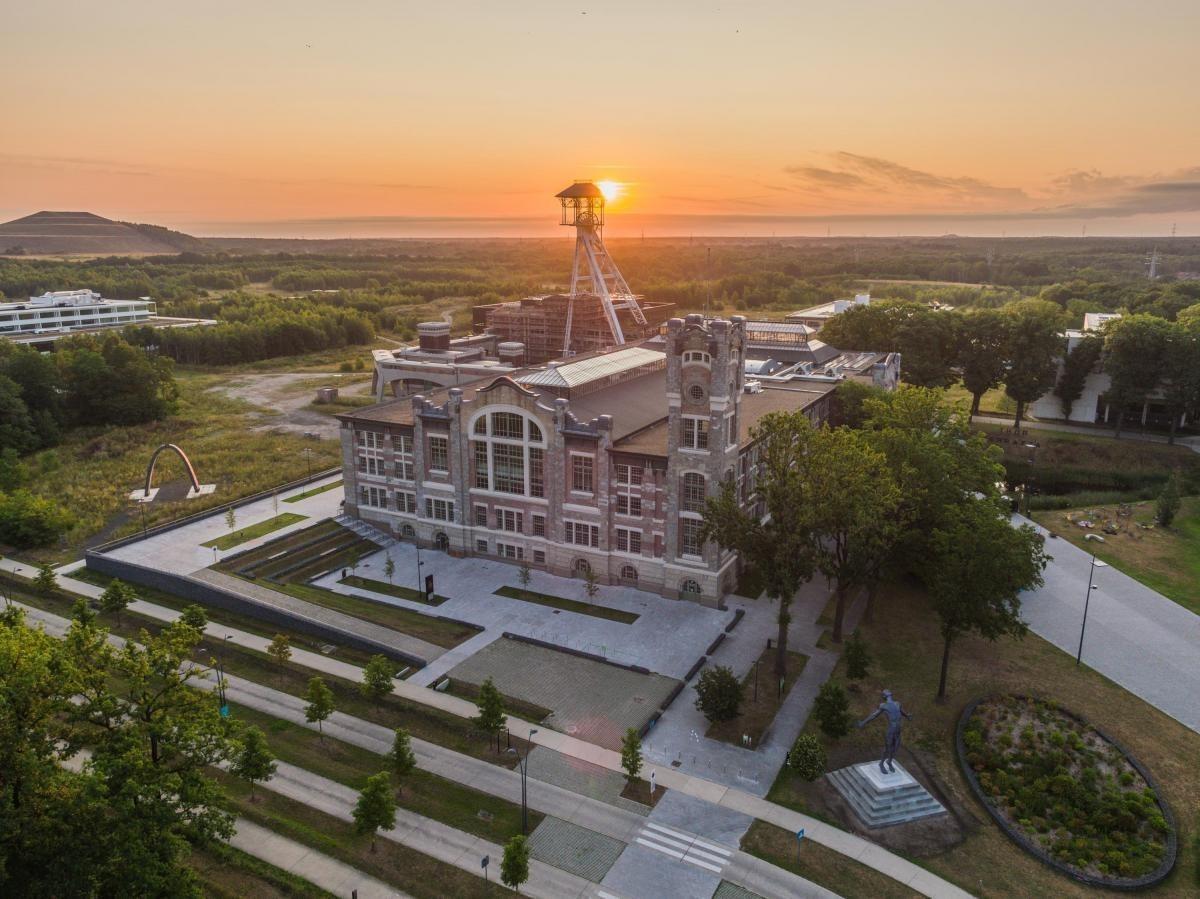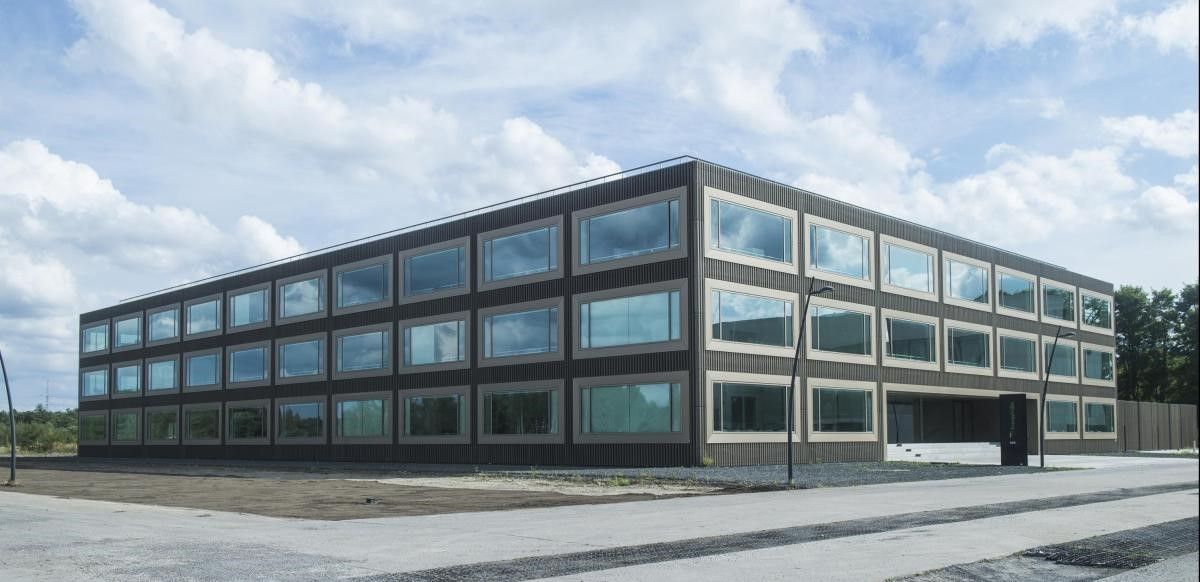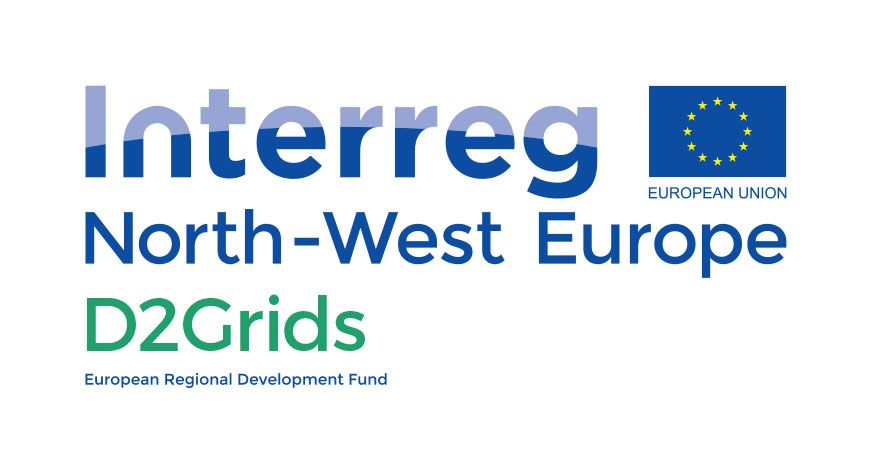Thor Park: First regulatory sandbox for energy approved in Flanders
D2Grids Project

As a following region in the D2Grids project, Thor Park in Genk (Flanders) has announced a big step in the development of a fully sustainable campus. This science and technology park has become the very first regulatory sandbox for energy in Flanders. Within this regulatory sandbox, experiments can be conducted without regulatory obstacles. As such, EnergyVille will be the first to exchange both thermal and electric energy between the individual buildings on the site.
New possibilities
The Flemish government has recently approved the application to transform the Thor Park science and technology park in Genk into a "regulatory sandbox". At Thor Park, EnergyVille, a collaboration between KU Leuven, VITO, imec and UHasselt, researches sustainable energy solutions.
The research collaboration anticipates changes in our energy system. Challenges are, for example, the mismatch between the less predictable production of sun and wind and the demand pattern of customers, changing consumption patterns of end users. Research also covers technological innovations in the field of energy storage, smart charging of electric vehicles and smart control of heating and cooling. In addition to the theoretical part, experimental research activities are also essential.
With the approval to make Thor Park the first regulatory sandbox for energy in Belgium, all kinds of experiments are being launched to prepare our energy system for the future. The experimental research and demonstration activities can be divided into three clusters.

© LRM – Picture of Thor Park
Renewable energy exchange
First of all, research will be conducted to develop new energy services in order to improve local integration and exchange of (renewable) energy. Within the regulatory sandbox, the aim is to locally produce as much renewable energy as possible and exchange surpluses efficiently.
For example, the new parking building at Thor Park has a large roof surface suitable for solar panels, but relatively low consumption. Thor Central, the historic main building of the mine, cannot install solar panels itself, but consumes a lot of energy. An exchange between both buildings is not permitted under current regulations, but within a regulatory framework, experimental legislation can be agreed upon in consultation with the Flemish government, energy regulators, grid operators and a local market operator, which will be tested in practice for a certain period of time. This way, the impact and any unexpected side effects are mapped so that global, new regulations can be adjusted before they become generally applicable.
Secondly, the researchers will experiment with an innovative thermal network to optimally integrate renewable sources. For example, the consumption of the heat pumps will be matched to peaks in solar and wind energy in order to simultaneously produce, store heat and cold and then use them efficiently where necessary.

© EnergyVille – Picture of EnergyVille 1
Thirdly, innovative DC grids or direct current connections are deployed. Currently, an electricity network traditionally operates on alternating voltage, while solar panels, batteries, LED lighting, computers, etc. operate on direct current, so adapters or inverters are required, with the necessary losses as a result. The EnergyVille 1 building has been experimenting with direct current for some time, one of EnergyVille's ambitions is to extend this further to the entire Thor Park. This way, the necessary technical solutions and regulations can be worked out and tested so that manufacturers can ultimately bring standardized and safe products to the market.
“The recognition of Thor Park as a regulatory sandbox will allow us to gain insights that will support energy policy. Experiments can be conducted with technological innovations from, with and for Flemish companies without regulatory obstacles. This allows Flanders to position internationally as a model of innovation in the field of energy ”, says Ronnie Belmans, CEO of Campus EnergyVille.
Learn more about the D2Grids project




